Sato Wines from New Zealand: Japanese Bankers turned Serious Winemakers
by Ken Gargett
If I said to you that today we are looking at some stunning cult wines from a brilliant winemaker who has moved from Japan to New Zealand, you’d be forgiven for thinking I am speaking of Hiroyuki Kusuda, who makes some truly wonderful, though extremely limited, wines in Martinborough.
Not today.
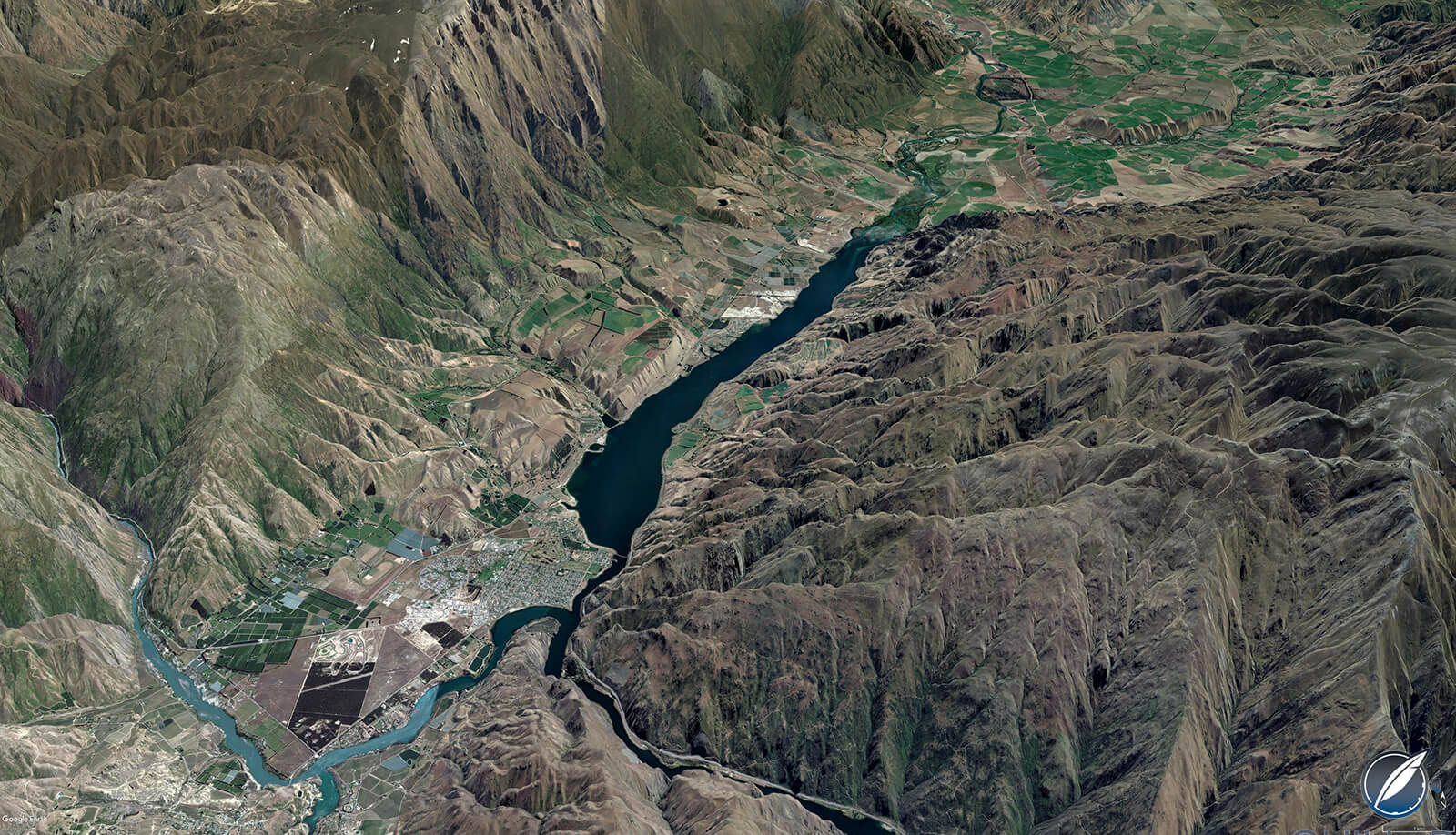
Google Earth view of Central Otago in the South Island of New Zealand
Anyone who has not enjoyed a visit to the Central Otago wine region needs to move it to the top of their bucket list immediately. It is one of the most scenically spectacular wine-growing districts on the planet.
While Rippon Winery on Lake Wanaka is perhaps best known (or at least appears most regularly in the photos), plenty of the wineries offer stunning views. On a good day, and they seem to have plenty of those, this is a place of big skies of a vibrant blue, cool and crisp days, air so fresh that perennial city dwellers would wonder what has hit them, all surrounded by snowcapped mountains.
It is a special place and would be even if it did not make some of the world’s most exciting wines. Pinot Noir is the highlight.
While there are plenty of thrilling whites – scintillating and often high-acid Riesling, deeply textured Pinot Gris and complex, elegant Chardonnay, it is the Pinot that has made this region famous. It occupies 1,656 hectares of the 2,055 planted.
Wineries like Felton Road, Maude Wines, Prophet’s Rock, Valli, Mt Edwards, Gibbston Valley, Rippon, Quartz Reef, Two Paddocks and numerous others, are all deserving of a place in your cellar. In addition, plenty from outside the region take fruit from the vineyards.
But just when you think you know a region, along comes a surprise…
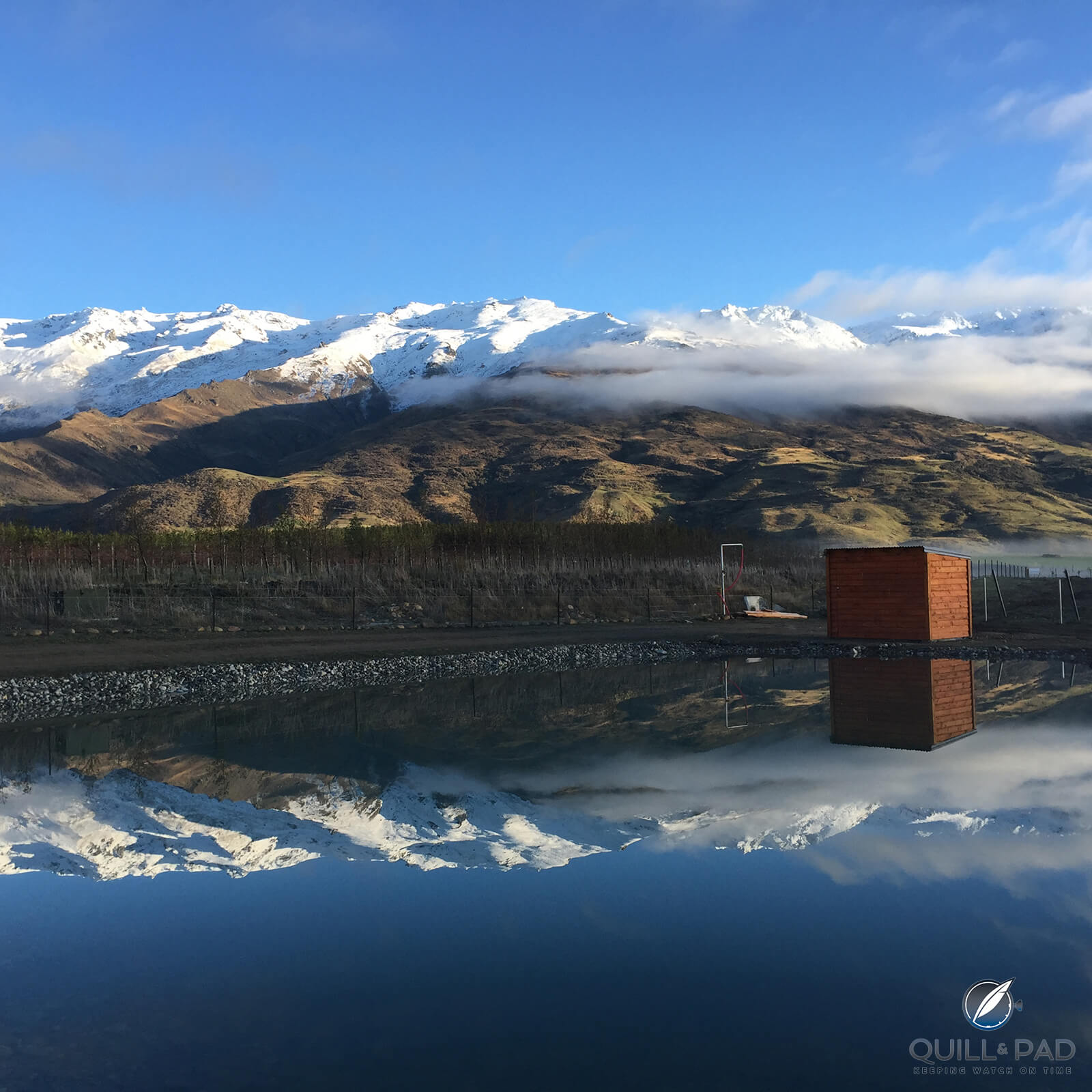
View from the Sato vineyard in Central Otago, New Zealand
Blair Walter has been the winemaker at the internationally renowned Felton Road for many years (I first met Blair back in 1996, or thereabouts, when he was working with Domaine l’Arlot in Burgundy – a year later, he had the reins at Felton Road and has never relinquished them).
It would be hard to imagine that any genuine winelover around the world is not familiar with his wines, especially the stunning Blocks 3 and 5 Pinots (the Blocks 2 and 6 Chardonnays are pretty special as well). Much of the reputation that Central Otago has around the world comes from the efforts of Blair and his team.
So, when he tells me that there is a new (well, newish) producer in Central that I really need to see, I’ll certainly take notice.
And so, on one of those days where the sky is so blue it almost hurts the eyes, and the air more crisp and pristine than imaginable, we visited this new/newish operation on the east-facing slopes in the Cromwell sub-region, with Mt Pisa behind it.
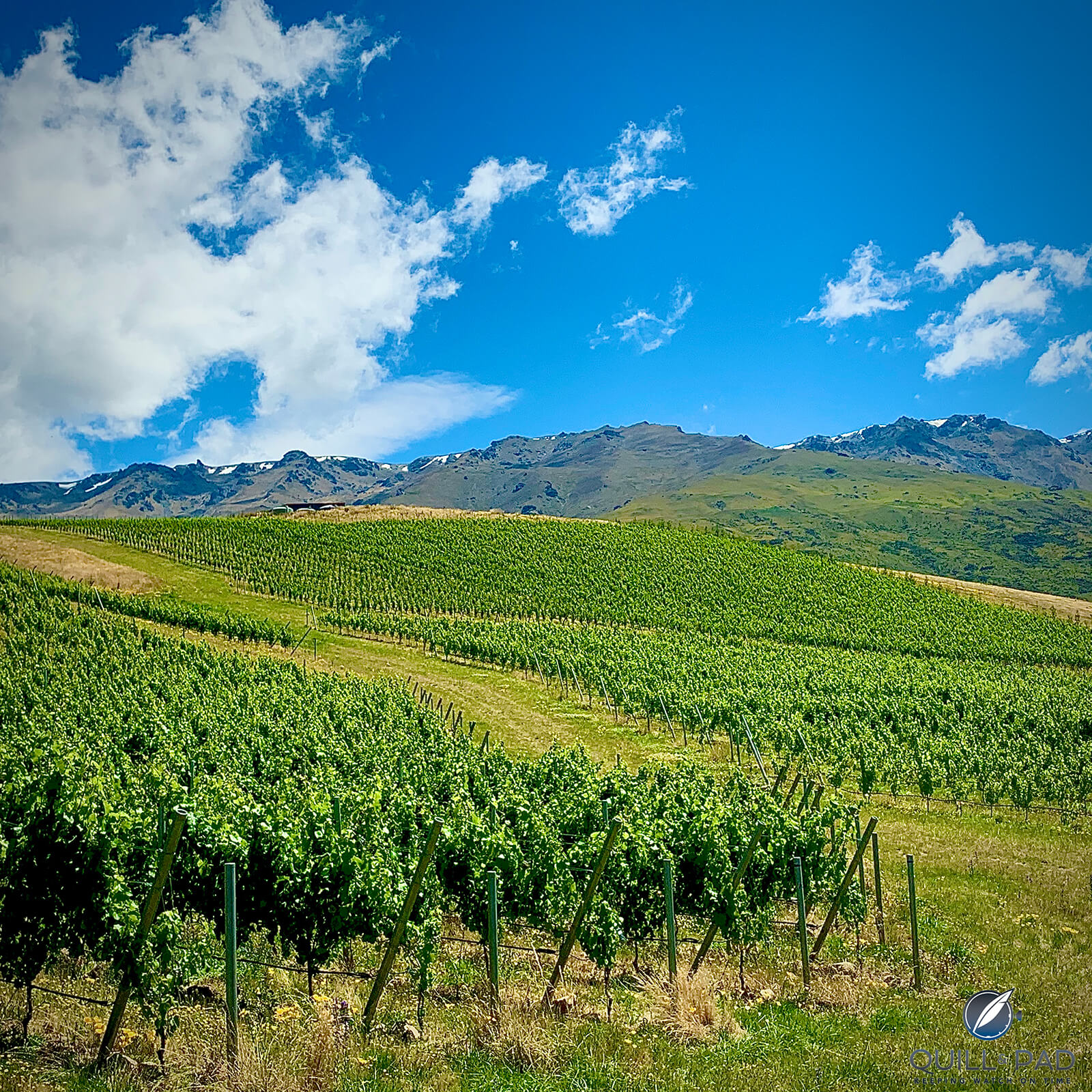
Sato vineyards in Central Otago, New Zealand
The only thing more stunning than the scenery was the hospitality and the wines. But we are slightly ahead of ourselves.
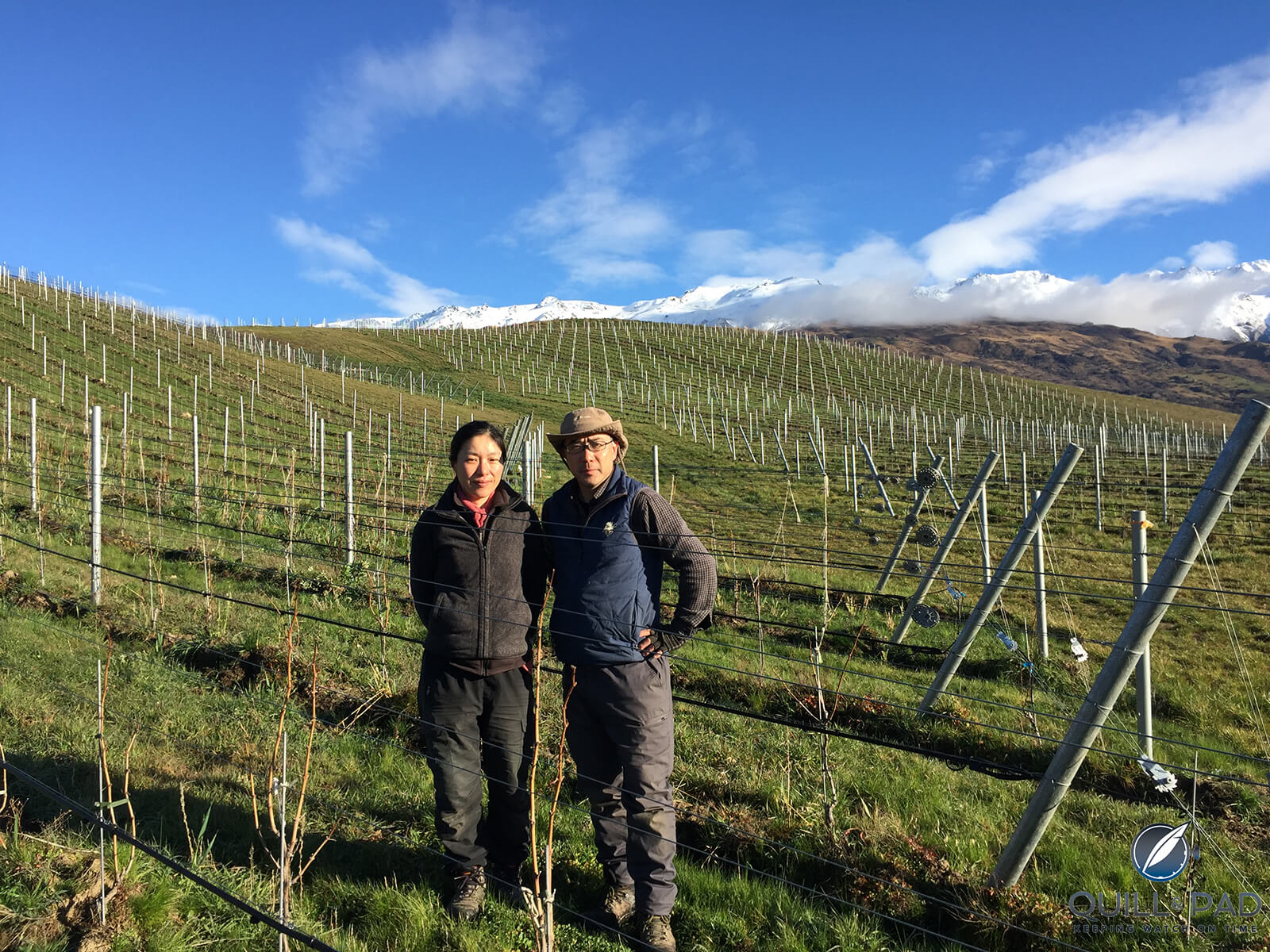
Kyoko and Yoshi Sato in their vineyards
Yoshiaki, known as Yoshi, and Kyoko Sato worked in the Japanese banking industry in Tokyo and London – they met while working for the same bank – but in 2006, they decided to take the plunge and follow their dream. A dream to make great wine.
They headed south – way south – to Central Otago, with one eye on elegant white styles, but in Central, you simply cannot avoid Pinot. Yoshi, however, was determined that elegance would underpin all his efforts. Before beginning work, they both studied at Lincoln University and both have worked extensively in Europe as well.
After graduation, Yoshi and Kyoko began working with Blair Walter at Felton Road. In 2009, Yoshi moved to Mount Edward to work with Duncan Forsyth. Kyoko stayed at Felton Road, but the couple also began Sato Wines that year. By 2012, Yoshi had resigned from Mount Edward to work entirely on their own operation. It opened in 2016. Kyoko continued with Felton Road until 2018.
The idea of Yoshi working with Duncan Forsyth at Mount Edward is an interesting one. On one hand, an inspired choice as Duncan is a seriously talented winemaker and an innovative one, always prepared to think outside the box. On the other, the mind boggles wondering how it went at times.
It would be fair to say that Duncan is one of the more idiosyncratic humans on the planet – the image of him turning up to an important anniversary dressed in a white python suit with belt and shoes made from the same unfortunate reptile, will linger with me forever. If nothing else, I imagine Yoshi would have had great fun.
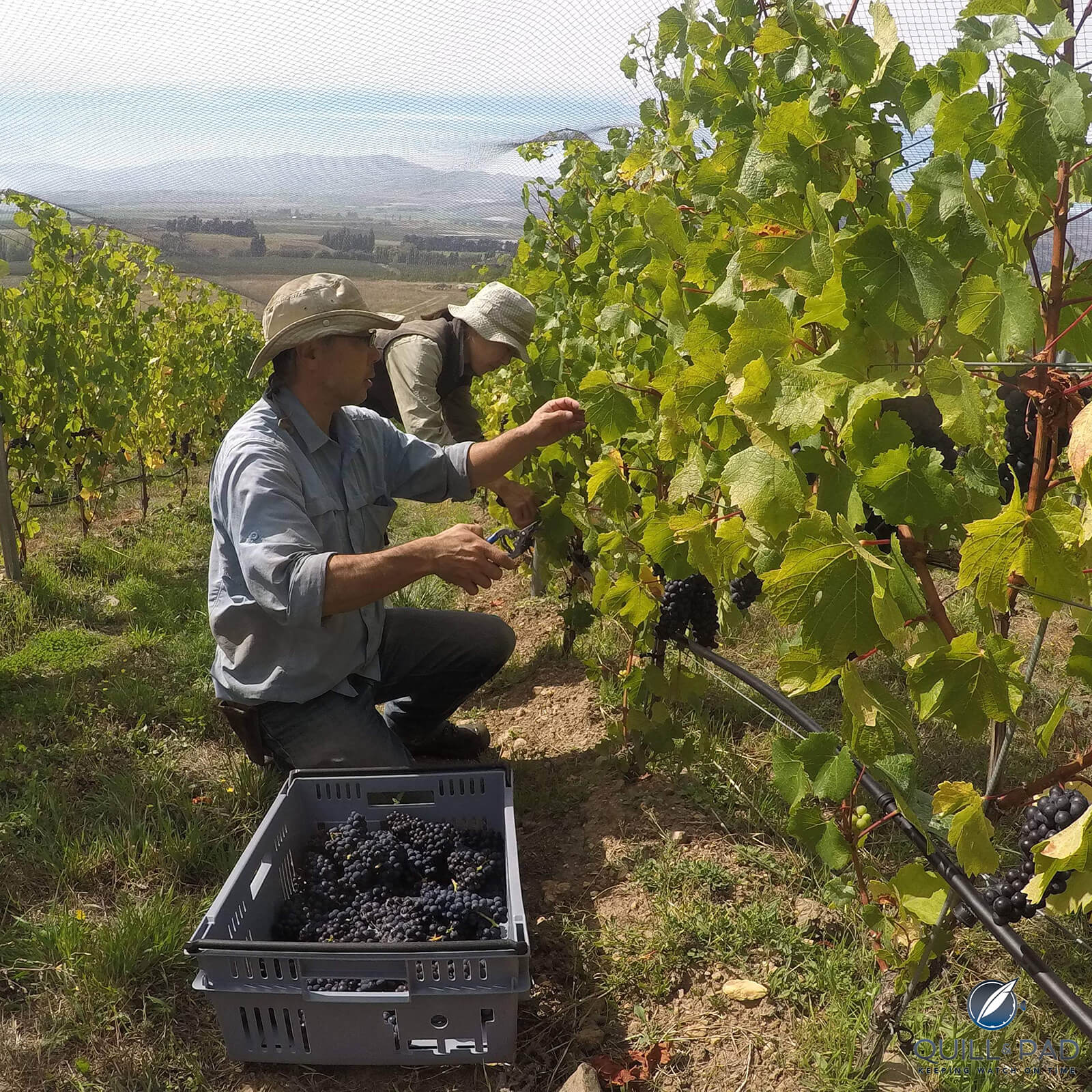
Yoshi and Kyoko Sato picking grapes
As mentioned, in 2009 they moved to their own operation to concentrate on their own wines. That 2009 vintage yielded just 190 cases of Pinot Noir. Today, they vary, but the aim is 2,500 to 3,000 cases in total.
The amount through the negociant side varies but expect somewhere between one third to two thirds, depending on the vintage. When settled, expect around 60% of their production to be from the estate.
They established their vineyards, just three hectares, on east-facing slopes, to avoid the fiercest afternoon sun. The majority of vineyards in the region tend to be planted on lower slopes and those facing north and west.
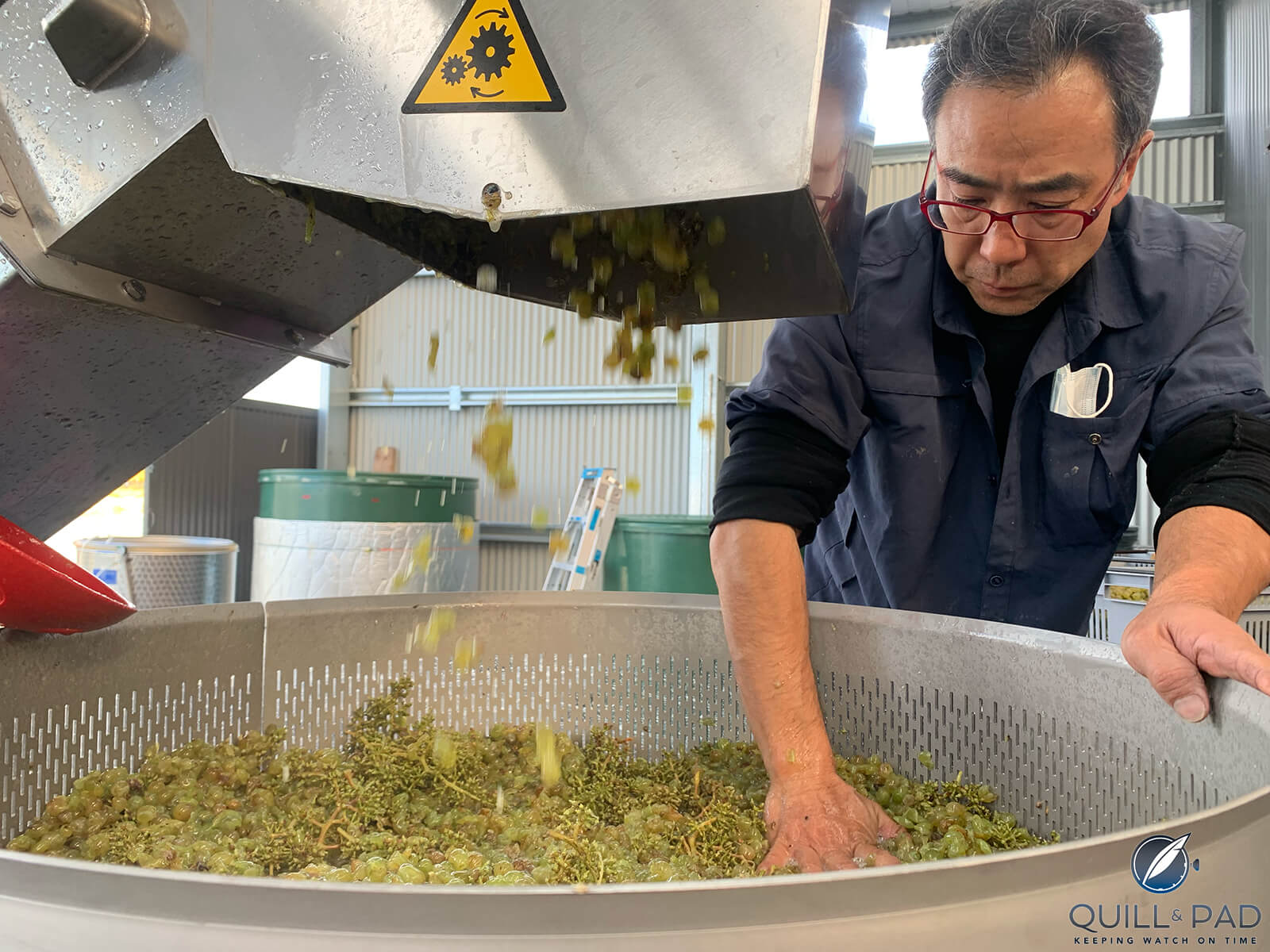
Yoshi Sato working on his wine
Yoshi feels that less sun, rather than more, ensures freshness and refinement, especially important with climate change on the march.
Yoshi and Kyoko pretty much do it all themselves. Organic farming, hand-worked basket presses and an aim to keep things as close to natural as possible with minimal intervention.
That aside, what is perhaps more fascinating is the array of varieties with which they work. Pinot of course, as well as Chardonnay. But grapes like Chenin Blanc, Cabernet Franc and Gamay.
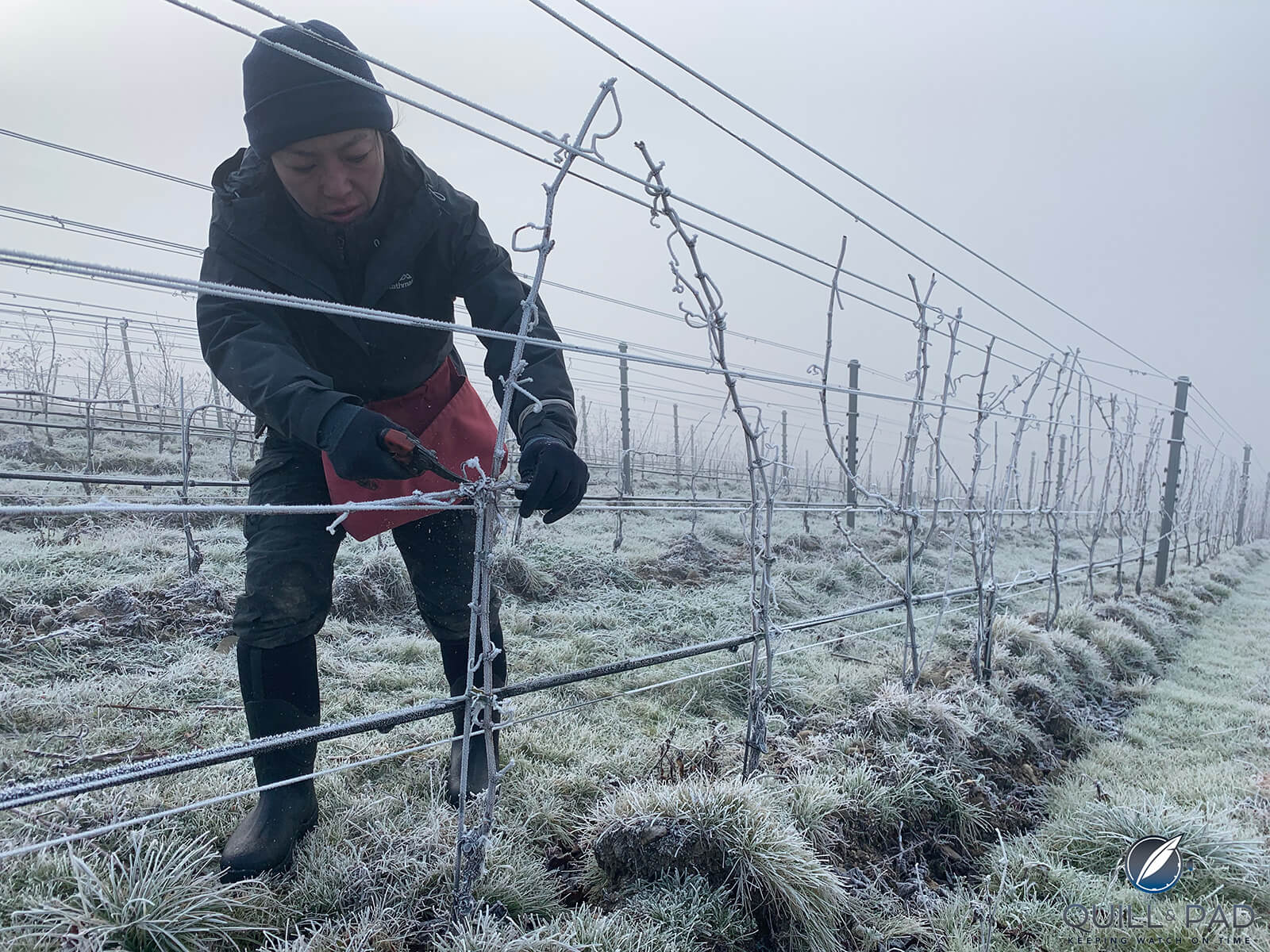
Kyoko Sato tending the vines in winter
Not your typical Central offering. Chenin and Cab Franc, varieties known for their late ripening, in such a cool region might not be wise, without the attention to detail that the couple exhibit.
Their Cab Franc was the first planted in the region, just 0.3 hectares, and Yoshi has determined that even in cool years like 2020, they can make a good wine from it.
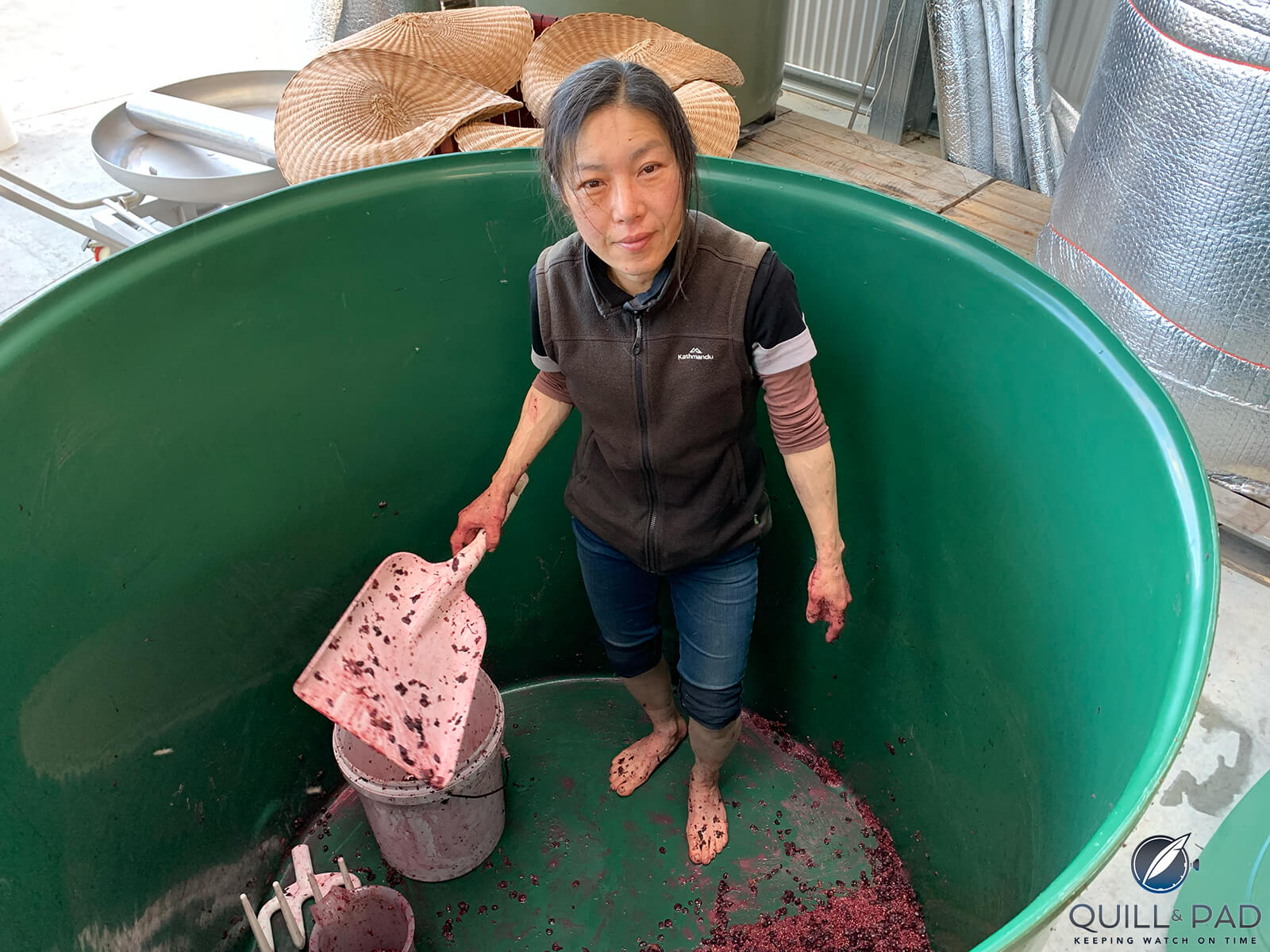
Kyoko Sato getting down and dirty making wine
Their property is five hectares in size with 3.19 hectares planted. Before they planted vines, it was used for sheep grazing and has never seen the use of chemicals. They have 0.3 hectares of Gamay. The Chenin takes up 0.5 hectares, and the Chardonnay 0.9. Pinot occupies 1.3 hectares.
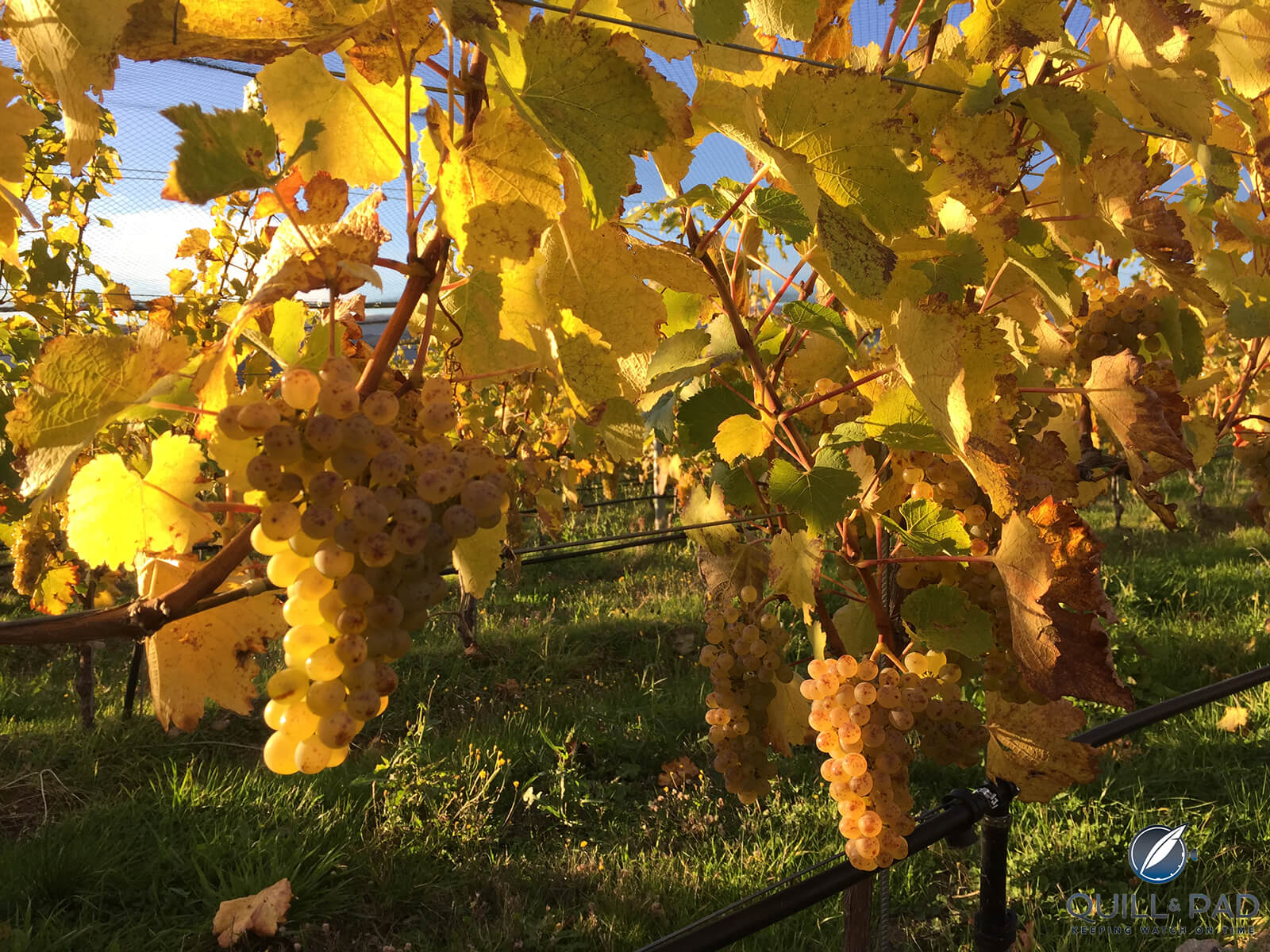
Sato vineyard
Riesling is from the Bannockburn sub-region and they still source grapes from other sub-regions. Their slopes have thicker soils at base with a very bony schist higher up. Yoshi’s preferred Pinot clone is 667 for its taste and complexity, with some Abel and 115 for acidity retention.
The result is a collection of wines that both reflect their site and terroir while retaining finesse and elegance. I found them utterly entrancing. The estate wines are under the La Ferme de Sato label.
While I loved all the wines, one stood out for me and we’ll get to it. First, I have to confess that when I eventually got to pricing, I was rather shocked. Of course, that is not something that will surprise winelovers. Pricing has become a huge issue. However, on this occasion, my shock was at how low these prices are.
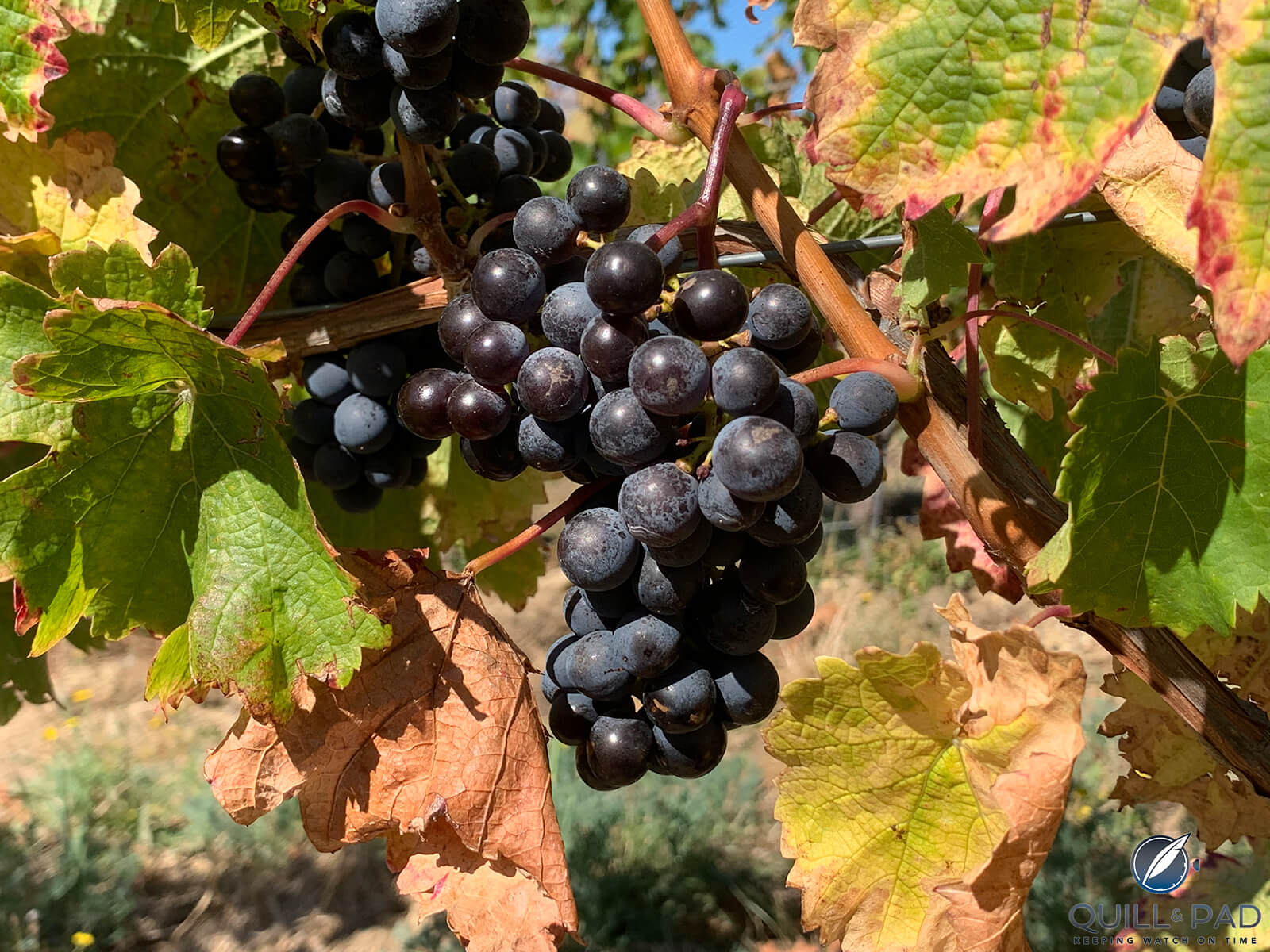
Sato grapes
I have a bad feeling that in a few years, we’ll look back on these prices and wish we had bought even more, because I can’t believe that when the world discovers these wines, there will be anything other than immense interest. So get in now and keep your fingers crossed.
These are bargains today, although actual prices depend on your location and their availability. The notes are for the La Ferme de Sato wines only.
Le Chant due Vent Chardonnay 2021 – If one of the Pinots had not so enthralled me, this would undoubtedly be the wine I would be raving about even more than I have. The name apparently means ‘song of the wind’. My first two words, when scribbling notes, were refined and elegant. This wine is all that and more. There is the merest hint of oak, but it is so well integrated.
Good intensity, but with a wonderful delicacy and lightness. Great focus and a lingering finish. Exquisite and surely with 10 to 15 years ahead. 97.
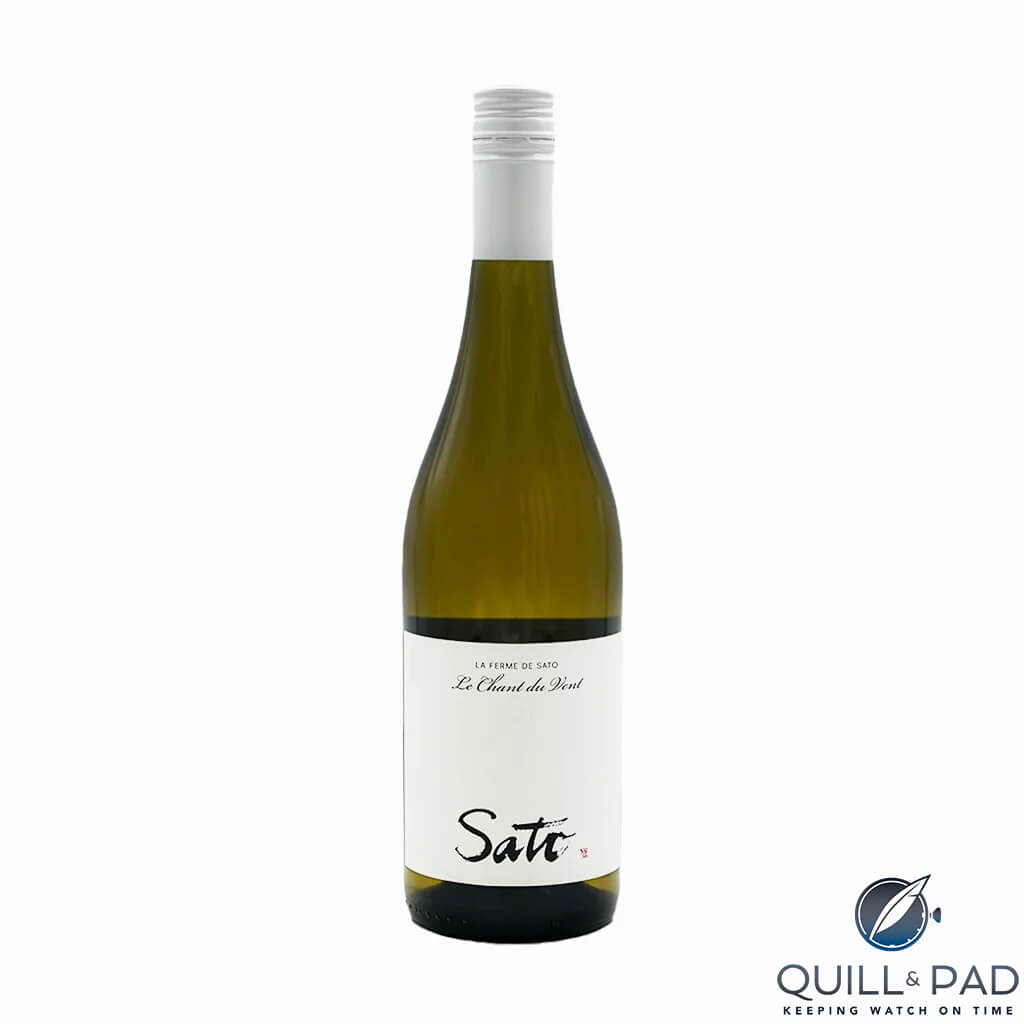
Sato Le Chant due Vent Chardonnay
Schisteux Chenin Blanc 2021 – Named after the very schisty soil on which the vines live (if schisty is not a word, it is now). Good intensity here, this is, if nothing else, a varietally correct Chenin. Nectarine, pears, hessian and apples.
This is an appealing textural style with excellent length and a fine line of bright salinity. Impressive balance and complexity. This could have up to twenty years ahead of it. 93.
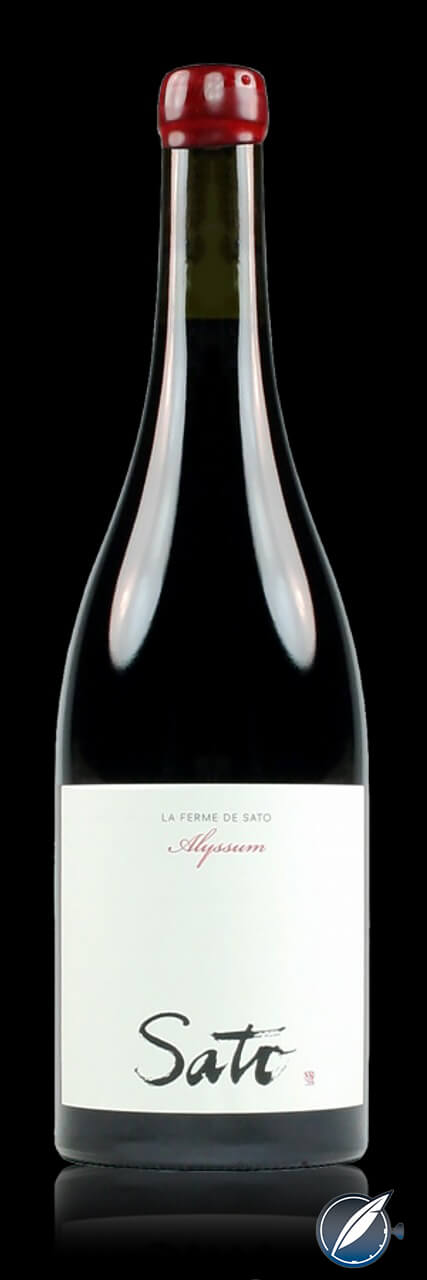
Sato Alyssum Gamay
Alyssum Gamay 2021 – A revelation. If there is a better New World Gamay, let me know. 40% whole bunch in the 2021, this fragrant, perfumed and enthralling with bright energy. Cherries, spices, a briary note and a flick of raspberries. Focus, generosity and length. 95.

Sato Sous Bois Cabernet Franc
Sous Bois Cabernet Franc 2021 – The first vintage was 2019. There is a leafy note here, along with herbs and blackcurrants, with a note of cassis. Fresh acidity, seriously good length and deceptive grip. Ten years. 93.
Les Violettes Pinot Noir 2021 – 100% whole bunches here, giving the wine quite a stemmy and spicy note. Two and a half weeks of carbonic maceration. Herbs, pepper, root vegetables and smoky earth notes. Lovers of the whole bunch style will love it. For me, a touch much though it is a thoroughly good Pinot. A well-structured style. Fifteen years.
This is the first vintage of this wine. A second tasting a few weeks later saw more of an undergrowth note with black jellybean notes, and an ever-so-slightly elevated score. 93/94.
Sur les Nuages Pinot Noir 2021 – Just stunning. In two weeks up and down New Zealand visiting their very best wineries, this was one of the wines that has stayed with me (and I’ll confess to putting some away in the cellar, although I am having great difficulty in keeping my hands off it). As close to wine of the trip as it could be.
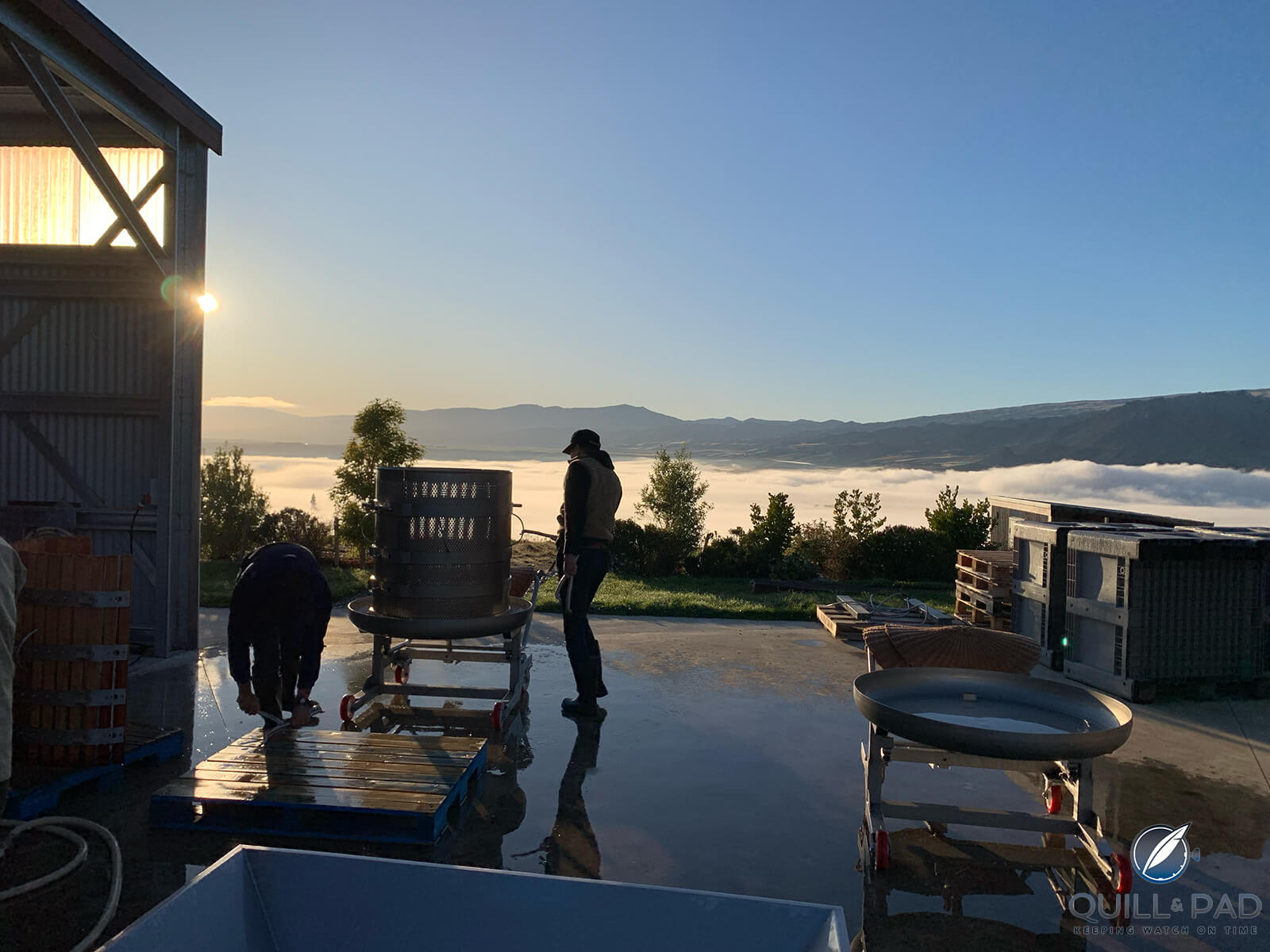
Stunning view from the Sato winery
‘Sur les Nuages’ means ‘above the clouds’ and this wine is certainly heavenly. Taut, precise, focused, and ever so balanced. Cherry pit notes, cassis, bergamot and floral notes. The balance really is knife-edge, the wine fresh and energetic, the flavors dance on the palate and the length is amazing. An exercise in restrained exuberance. Like drinking silk and lace.
As someone said, if this came out of a bottle labeled Musigny, it would have surprised no one. Ten to twenty years. 98.

Sato wines
For more information, please visit www.satowines.com/ (website under construction, contact details only)
You might also enjoy:
Trinity Hill Homage Syrah: A Strong Contender For New Zealand’s Best Wine
Bell Hill: Sensational Wines from the South Island of New Zealand
Bilancia ‘La Collina’: Sensational Syrah Wine from Gimblett Gravels in Hawkes Bay, New Zealand
New Zealand’s Craggy Range Winery And The Revelatory Le Sol Syrah: Tasting Notes Inside
Smith & Sheth Cru: Rich, Exciting Wines From New Zealand With Alluring Aromas
Leave a Reply
Want to join the discussion?Feel free to contribute!



What are some of the notable features of Rippon Winery and its surroundings on Lake Wanaka?
Regard Telkom University
Rippon is one of the pioneers in the region and make a range of cracking wines. It is definitely a bucketlist winery for visiting for that reason but also for some of the most spectacular views from any winery on the planet, out across the beautiful Lake Wanaka.